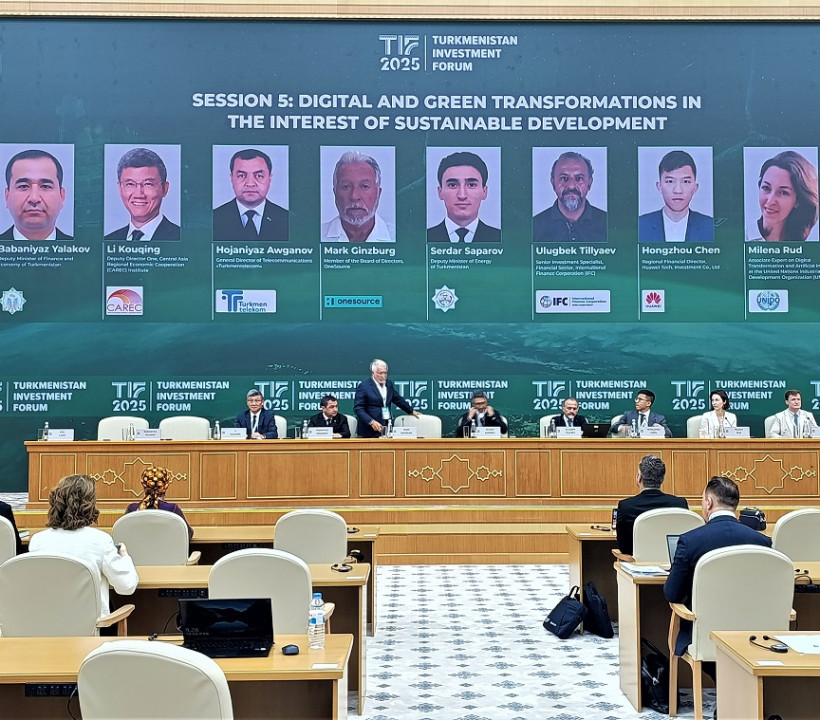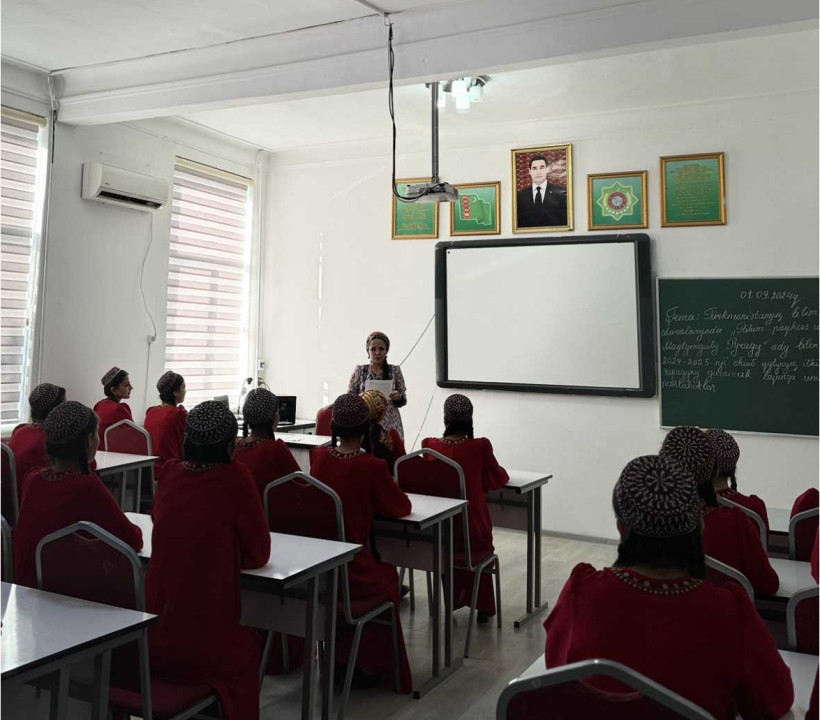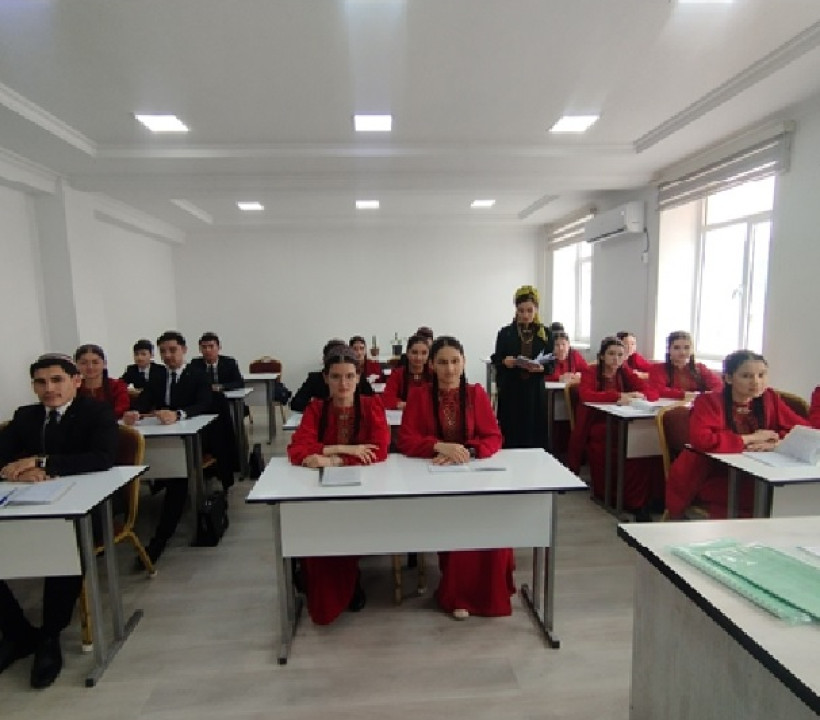School of Education
With the great efforts of the President, the Revival period of the new era of the Stable State is a wonderful time spent by individuals who are concerned about the future of the country and the people. The spreading of the glory of Magtymguly Pyragy, the great thinker of the Turkmen people, on the whole earth with a new color and a new spirit, gives enthusiasm to the hearts of our happy people. Because our great poet Magtymguly Pyragy lives forever in our hearts and minds as a poet of the ages and young generations. As our hero Arkadag pointed out, "Magtymguly's world of poetry is a flowing source of Turkmen literature that satisfies hearts thirsty for deep meaning and artistic words. This source takes its origin from Oguz khan, Gorkut ata, Gorogly beg, and is inspired by the humanity, morality and decency principles, love and beauty of our ancestors."
The sweet poem "The Ocean of Wisdom Magtymguly Pyragy" written by our hero friend for the 300th anniversary of our national poet Magtymguly Pyragy became a close memory for our Turkmen people, first of all, our national literature. mention is a clear proof that our Heroine has a special respect for Magtymguly Pyragy's literary heritage.
Magtymguly Pyragy praises Turkmen with his greatness.
We sincerely wish that the souls of our dear friend and our friend Sardar, who have given great attention to the literary heritage of the Turkmen people, and who opened the way for the ideas of Magtymguly, may continue to prosper in their great works of great importance for the country and the country.
Prepared by: teacher Arbadova D.M.





